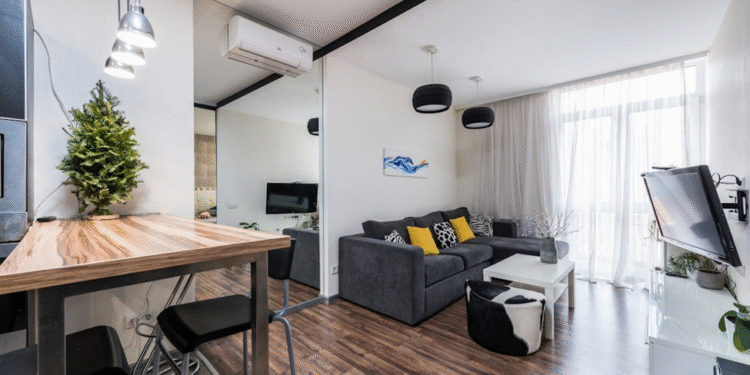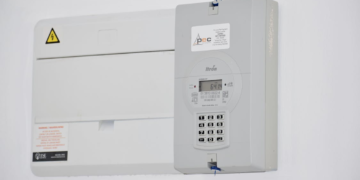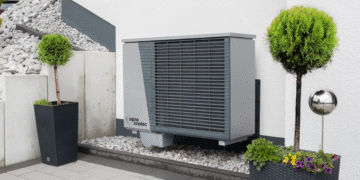Owning a modern home comes with the comfort of advanced systems that make everyday living easier, with heating, cooling, plumbing, and electrical systems all working in sync to create a comfortable environment. But these conveniences come with responsibility. Every season brings new challenges for your home, and staying on top of maintenance is essential to prevent breakdowns, energy loss, or unexpected expenses.
If you live in a place like Framingham, Massachusetts, where winters are icy and summers can get humid, your home systems work extra hard to keep you comfortable year-round. Seasonal maintenance becomes even more crucial in such climates. By creating a simple seasonal care routine, you can ensure your home operates efficiently, avoids costly surprises, and stays a safe, cozy place for your family.
The key is to break down your maintenance plan by season, taking manageable steps throughout the year. Let’s explore what you can do each season to keep your home in top shape, starting with spring, the season of renewal and recovery.
Spring: Reviving Comfort Systems After Winter
After months of running the heat nonstop, spring is the perfect time to inspect and reset your home’s systems for the warmer months ahead. In places like Framingham, Massachusetts, where winters can be long and intense, the transition often reveals how much your heating and cooling infrastructure has endured. Cold weather can leave behind dust in vents, clogged filters, and drafty spots that affect both comfort and energy bills.
Reaching out to professionals for HVAC service in Framingham, MA ensures your systems are cleaned, inspected, and fine-tuned for the seasonal shift. Technicians from a trusted local firm use certified expertise to check filters, inspect ducts, verify refrigerant levels, and adjust settings to keep your home comfortable and efficient. Regular tune-ups help identify minor problems early on, preventing them from turning into costly repairs later.
Spring is also a good time to check your plumbing. Cold weather may have caused small cracks or leaks in pipes that go unnoticed until you see signs of moisture. Inspect faucets, outdoor spigots, and under-sink plumbing for any wet spots. Cleaning your roof gutters is another important step. Removing leaves and debris prevents water from pooling and causing damage to siding or foundations.
And don’t forget your outdoor areas. Test sprinkler systems, trim overgrown bushes, and clear your yard to make summer landscaping easier. With everything refreshed and working properly, your home will be ready to handle what’s ahead smoothly.
Summer: Cooling Systems and Water Efficiency
Summer brings heat, humidity, and the challenge of keeping your home cool without skyrocketing utility bills. Start by giving your air conditioning system some attention, replace or clean filters monthly, and keep vents unobstructed for proper airflow. If your system hasn’t been inspected recently, this is a good time to schedule a check-up to make sure it’s running efficiently.
Energy efficiency plays a big role in summer comfort. Seal any gaps around doors and windows to prevent cool air from escaping, and close blinds during the hottest part of the day to block excess heat. Consider using ceiling fans to improve air circulation and reduce strain on your AC.
Water efficiency is just as important. Summer often means increased water use for gardens, lawns, and outdoor cleaning. Check your sprinkler systems for leaks or misdirected spray heads that waste water. Setting a timer or switching to drip irrigation can help conserve water without compromising your yard’s health.
Outdoor maintenance should also be on your list. Clean patios and decks, inspect fences for damage, and look for signs of wear in exterior paint or siding. A quick touch-up now can save you from major repairs later. By taking these small steps, you’ll not only stay cool but also make your home more energy- and cost-efficient during the hottest season.
Fall: Preparing for the Cold
As temperatures drop, fall is the ideal time to prepare your home for winter. Think of it as your “prevention season,” when small tasks can stop bigger problems later.
Start with your heating system: replace filters, test the thermostat, and check carbon monoxide detectors. Schedule a tune-up before the first frost to keep your home warm and safe all season.
Next, inspect insulation. Seal gaps around windows and doors with weatherstripping or caulk, and add attic insulation if needed to retain heat and improve efficiency.
Clean roofs and gutters, check shingles for damage, and clear your chimney if you use a fireplace. Drain and store garden hoses, shut off outdoor water lines, and protect patio furniture from snow or freezing temperatures.
Tackling these tasks now keeps your home safer, warmer, and more energy-efficient when winter sets in.
Winter: Protecting Your Home from the Inside Out
Winter maintenance keeps your home safe, warm, and efficient when temperatures drop. Make sure your heating system runs properly, and call a professional if you notice unusual noises or uneven heating before small issues turn into emergencies.
Frozen pipes are another major risk. Maintain a steady indoor temperature and insulate exposed pipes in unheated spaces like basements or garages. On extremely cold nights, let faucets drip slightly to prevent freezing.
Since homes are sealed tight in winter, indoor air quality can suffer. Replace filters often and use a humidifier to add moisture, preventing dryness and protecting wood furniture.
Don’t skip safety checks, test smoke and carbon monoxide detectors, ensure fire extinguishers work, and inspect attic insulation to prevent heat loss and ice dams.
With a little attention, your home will stay comfortable and protected all winter long.
A home is more than just a place to live; it’s an investment in comfort and safety. Seasonal maintenance ensures that every part of your home, from the HVAC system to the plumbing and roof, runs efficiently all year. Taking small, consistent steps each season helps you avoid costly repairs, improve energy efficiency, and create a healthier living space for your family.
Instead of waiting for something to break, plan your maintenance ahead of time. With the right schedule and a little help from trusted local experts, you can enjoy a worry-free home every season. Keeping up with your home’s needs isn’t just good practice; it’s the smartest way to protect your peace of mind, your comfort, and your investment.


















